The Library of Congress’ American Memory has constructed an interactive database containing over 3,000 maps from the Civil War era. The collection offers detailed descriptions of a variety of topics such as Union General William Tecumseh Sherman’s successful Atlanta Campaign to an outline of 23 forts defending the Confederate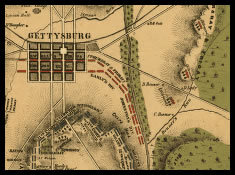 capital of Richmond, Virginia. Another great tool within the database is the fact that each map contains a list of subject links that help to expand upon your research. The collection contains map collections originally owned by both Union and Confederate military authorities.
capital of Richmond, Virginia. Another great tool within the database is the fact that each map contains a list of subject links that help to expand upon your research. The collection contains map collections originally owned by both Union and Confederate military authorities.
American Memory has other databases that can prove useful in your research. Civil War railroad maps show an intricate description of the development of railroads through 1900. There is also a collection of over 1,000 photographs from the Civil War era that have been specifically selected due to their innate detail.
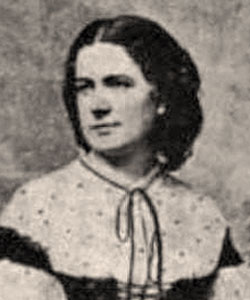
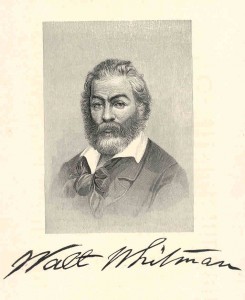
 ancis Kemp
ancis Kemp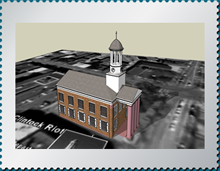
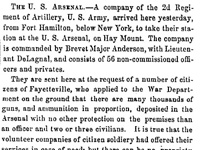
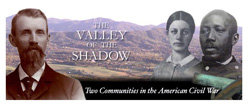
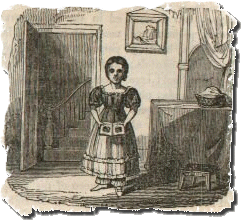 Understanding family life in the 19th century necessitates a look at what was popular with children at the time.
Understanding family life in the 19th century necessitates a look at what was popular with children at the time. 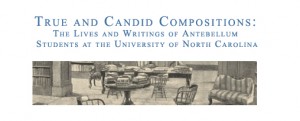 “True and Candid Compositions: The Lives and Writings of Antebellum Students at the University of North Carolina” is an interesting
“True and Candid Compositions: The Lives and Writings of Antebellum Students at the University of North Carolina” is an interesting  Among the many websites and digital projects bringing the 19th century to the World Wide Web is the
Among the many websites and digital projects bringing the 19th century to the World Wide Web is the 






